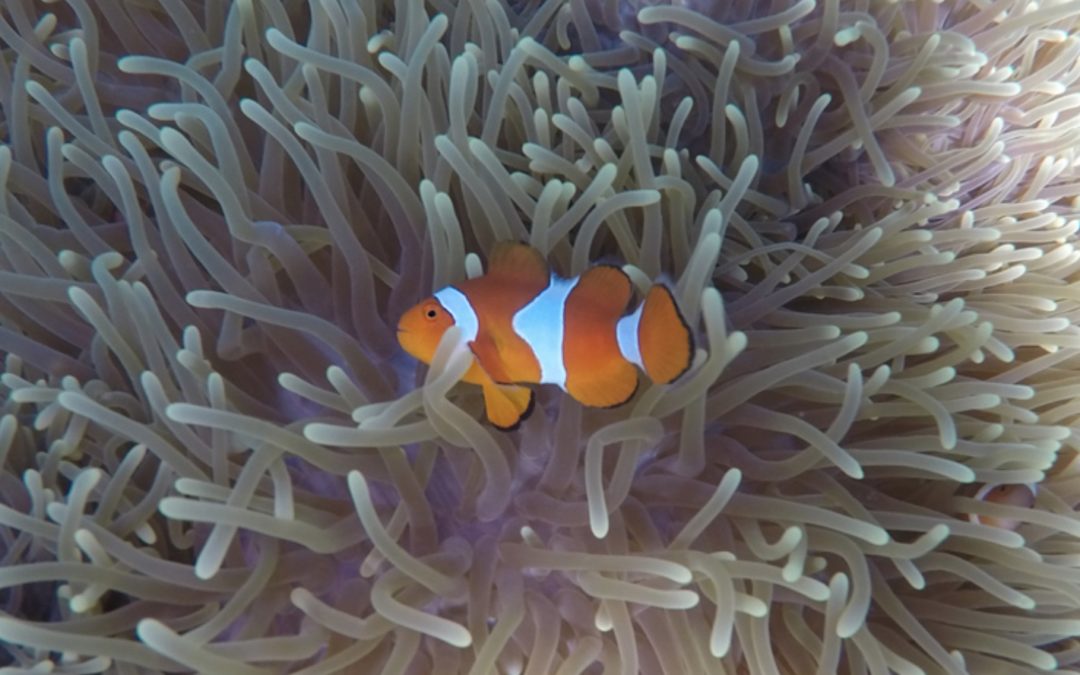SOURCE: MongaBay
DATE: May 18, 2020
SNIP: As Indonesia ramps up its mining sector to feed the world’s hunger for zero-emission vehicles, it is faced with a problem: what to do with all the waste.
The country is the world’s biggest producer of nickel, one of the key elements in the rechargeable batteries that power electric vehicles and energy storage systems.
Now, companies building the nation’s first factories to produce the elements that power electric vehicles are seeking permission to dump billions of tons of potentially toxic waste into the waters of the Coral Triangle, home to the highest diversity of corals and reef fishes anywhere on the planet.
In January, two companies presented plans to use the method, known as deep-sea tailings disposal, or DSTD, to Indonesia’s Coordinating Ministry for Maritime and Investment Affairs, according to presentation documents seen by Mongabay.
Neither company appears to have received permission from the Ministry of Environment and Forestry, which must approve the practice, though factories pitching to dump waste in the ocean are already under construction.
Nickel mining, increasingly pushed to meet rising demand for batteries, has long been a core industry for Indonesia. Smelting for battery nickel produces large amounts of acidic waste full of heavy metals, and how to deal with the waste is one of the most important decisions in a smelting project.
Companies often choose DSTD as a cost-efficient or safer option to manage tailings, the byproducts left over from extracting metals from ore. It’s an alternative to constructing a dam to store the tailings or spending money to treat the waste so it can be returned to the ground.
In two years, the country plans to add 30 new nickel smelters, a handful of them specifically designated to produce battery nickel.
At each project, a high-pressure acid leaching plant would extract thousands of tons of nickel and cobalt from the ore, leaving behind millions of tons of waste laden with toxic heavy metals such as arsenic.
Under the companies’ plans, a network of pipes would discharge the tailings at a depth of 150-250 meters (490-820 feet) below sea level, where they would then be presumed to sink to the sea floor at least a kilometer (3,300 ft) below the surface, according to presentation documents.
Indonesia already has a copper and gold mine that practices deep-sea tailings disposal, or DSTD, with devastating impacts on the local ecosystem, activists say.
Indonesia and neighboring Papua New Guinea are home to four of the 16 mines around the world that practice DSTD, but account for 91% of the estimated 227 million tons of tailings dumped into the ocean.


